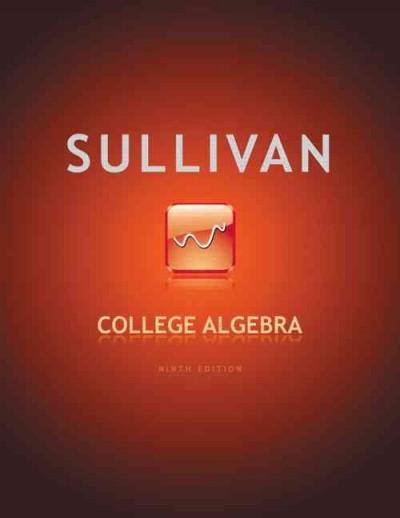Question
Chapter 7&8 DISCUSSION OUESTIONS 1.What is a hypothesis? 2.Why are hypotheses are important? 3.What is the difference between a sample and a population? 4.What is
Chapter 7&8
DISCUSSION OUESTIONS 1.What is a hypothesis? 2.Why are hypotheses are important? 3.What is the difference between a sample and a population? 4.What is sampling error? 5.What are ways to decrease sampling error? 6.What is the primary difference between the null and the research hypothesis? What is the importance of assuming the null hypothesis is true? 7.What are the two types of research hypotheses? How are they different? How would you determine which type you are testing? 8. What is meant by "one-tailed" and "two-tailed" tests? Give an example of a research question for each. 9. What are the criteria used to judge the quality of a hypothesis? 10. Practice writing out the null and research hypotheses for a potential research question. What do the symbols used to write the hypotheses represent?
DISCUSSION QUESTIONS 1. How does understanding probability help us understand statistics? 2. What is a normal curve? 3. What are the characteristics associated with a normal curve? 4. The normal curve is divided into sections. What do these sections represent? 5. What percent of cases fall between the mean and one standard deviation above the mean? 6. What percent fall between the mean and -1 to +1 standard deviations from the mean? 7. What percent of scores (if they are normally distributed) will fall between -3 and +3 standard deviations under the normal curve? 8. What is a z score? Why are standard scores important? What do they allow researchers/educators to do? 9. How might you go about computing 2 scores for a set of raw scores? 10. When might calculating a z score be necessary? 11. What does a z score represent?
Step by Step Solution
There are 3 Steps involved in it
Step: 1

Get Instant Access to Expert-Tailored Solutions
See step-by-step solutions with expert insights and AI powered tools for academic success
Step: 2

Step: 3

Ace Your Homework with AI
Get the answers you need in no time with our AI-driven, step-by-step assistance
Get Started


